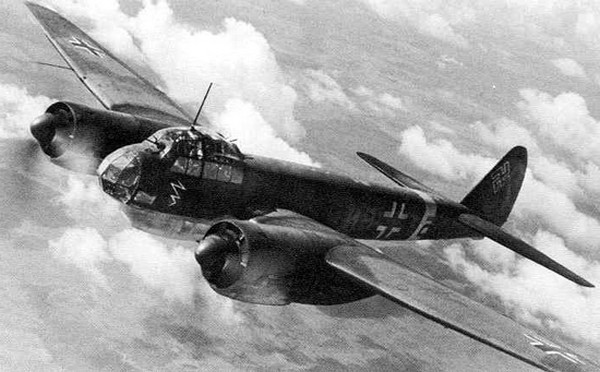Jumping out of an airplane with a parachute is risky enough. Jumping out of an airplane or bomber plane without a parachute? The latter, for obvious reasons, is not recommended. However, many airmen during World War II were forced by dire necessity to jump, or fall, out of airplanes thousands of feet up in the air, without parachutes. The overwhelming majority died upon impact, but a lucky few managed to miraculously survive. Following are forty things about those instances and other fascinating but lesser-known World War II episodes and facts.
40. Deadly Skies

For the Western Allies’ fighting men in Europe, few jobs were more dangerous than serving in a bomber crew. Especially so in the days before Allied fighters secured aerial supremacy over Europe’s skies, when bomber losses were horrific. In 1943, for example, some American Eighth Air Force bomber groups recorded a 400 percent turnover in personnel in just three months. At the time, bomber crews were tasked with a 25-mission tour of duty, but most never made it past their fifth mission.

Things were even more horrendous for British bomber crewmen. Out of a total of 125,000 who flew for RAF Bomber Command, over 55,000 were killed – a 44.4% death rate. A further 8,400 were wounded in action, and nearly 10,000 were taken prisoner, for a total loss rate of 58%. Amidst the carnage, there were some amazing survival stories – such as those of airmen who somehow survived falls without parachutes from miles up in the air.

